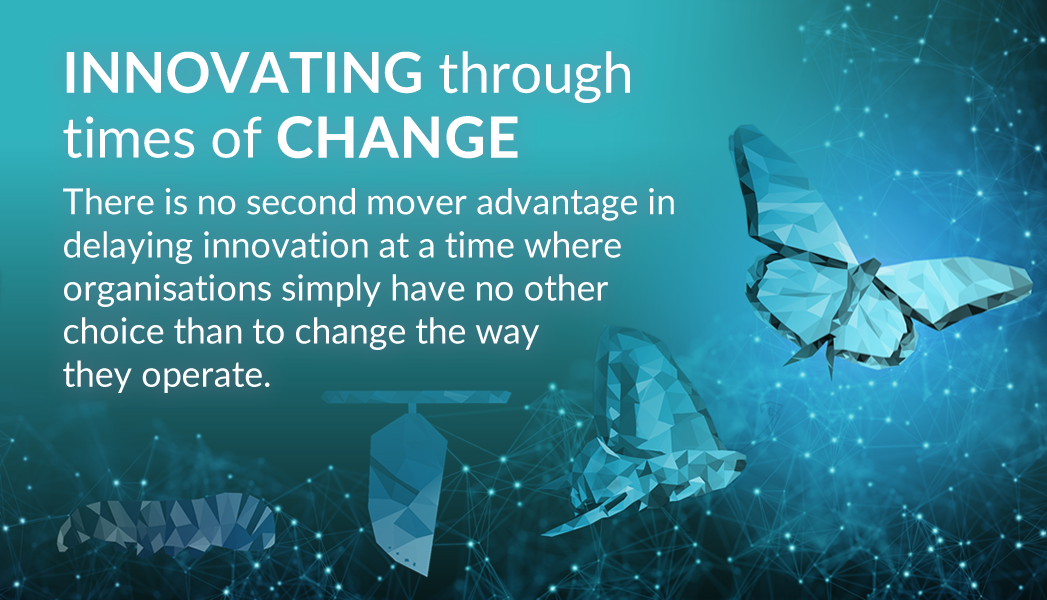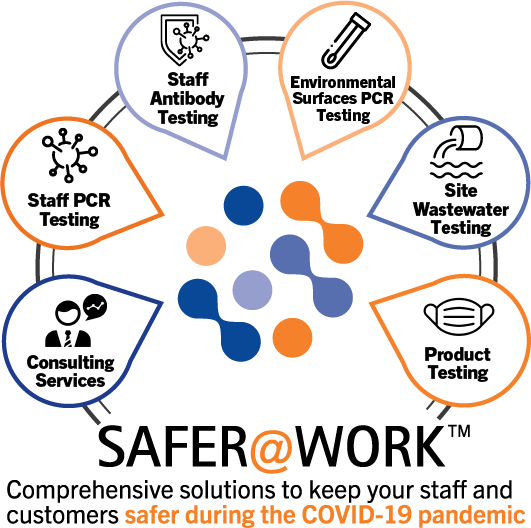
Product-led growth (PLG) has gained significant traction over the last couple of years, becoming the go-to go-to-market strategy for tech companies, or at least, one of the most revered.
According to OpenView (who coined the term in 2016 and incidentally wound down operations at the end of 2023), 71% of software companies have adopted a PLG approach with the likes of Dropbox, Figma, and HubSpot all benefiting from its implementation.
In simple terms, PLG is a go-to-market strategy whereby the product itself, not sales or marketing, is the primary vehicle for acquiring, activating, and retaining customers. Think free trials, free tiers, sandboxes, checkout flows, referral loops and more.
The principle is to deliver value to the end user first, allowing them to evaluate and fall in love with the product, before capturing a sale or referral through self-service functionality.
This not only flips the traditional B2B sales funnel on its head, it also has the potential to significantly reduce customer acquisition costs and improve sales conversion rates while decoupling growth from marketing and sales spend.
? What is product-led growth?
Okay, so what do we know so far about PLG?
- It is a go-to-market strategy (although many would argue it goes further than that and is more akin to a growth or business strategy).
- It was coined by OpenView in 2016.
- It centres around using the self-serve product functionality to grow key customer metrics.
But what does it actually entail? There are four core pillars inherent in the PLG approach:
1. Quality user experience - If you’re hoping to rely on your product as the main driver of growth, then your user experience needs to be better than your competitors. It’s as simple as that. Investing in product design, user research, experimentation, and data is a must, especially in competitive markets.
2. Self-service - Your users must be able to serve themselves through functionality available in the product without the need for support from customer success, customer service, or sales teams. Account management, payments, and upgrades should all be within the user’s grasp.
3. Try-before-you-buy - Users should be able to use the product, evaluate it, and extract value from it as quickly, and with as little friction as possible. Whether that’s through free trials, freemium models, sandboxes, or open-source. Whichever is most appropriate to your product.
4. Flywheels - While not applicable to all products, where there are opportunities to allow your users to invite and/or collaborate with other users in the product, this can amplify growth and engagement significantly. This approach leverages the concept of network effects, where each new user adds value not only for themselves but for existing users too, potentially creating a viral growth cycle.
? How PLG differs from other growth models
The table below outlines the key differences between the three prominent growth models: Product-led, sales-led, and marketing-led. While it’s common for companies to adopt sales-led or marketing-led motions exclusively, those who adopt PLG often do so most effectively by complementing it with another motion. This integrated, hybrid approach is shown to boost both revenue growth and valuation ratios most significantly.
| ASPECT | PRODUCT-LED GROWTH (PLG) | SALES-LED GROWTH (SLG) | MARKETING-LED GROWTH (MLG) |
|---|---|---|---|
| Primary growth driver | The product itself | Direct sales efforts | Marketing strategies and campaigns |
| Customer acquisition | Focuses on users trying the product and spreading it | Relies on a sales team to acquire customers. | Utilises advertising and promotional activities |
| Target audience | End-users and product adopters | Decision-makers and executives in businesses | Broad market segments and potential customers |
| Key growth metric | Product usage and user engagement | Sales revenue and customer contracts | Leads generated and brand awareness |
| Decision-making | Bottom-up (starting with users) | Top-down (starting with high-level decision-makers) | Market-driven (based on market research and trends) |
| Typical business model | SaaS, freemium models, subscription-based services | Enterprise solutions, B2B services | Consumer goods, B2C services, e-commerce |
| Scale of personalisation | High (product adapts to user needs and feedback) | High (personalised sales approach) | Medium (targeted but broad marketing efforts) |
| Sales cycle | Shorter and self-service oriented | Longer and relationship-based | Varies, often medium to long, depending on strategy |
| Cost structure | Lower customer acquisition cost, tech development focus. | High sales personnel and training costs. | High marketing and advertising costs. |
? What are the benefits of product-led growth?
Increased customer acquisition and retention
By removing the barriers to entry, allowing users to invite other users, and providing a product that directly meets users' needs, companies can attract and maintain more customers, as the product itself drives acquisition and loyalty.
Faster and more efficient growth
With the product at the forefront, growth is driven by user adoption and word-of-mouth, which can lead to a quicker and more organic expansion compared to traditional sales-driven models.
Improved user experience and satisfaction
PLG hinges on creating user-friendly products that meet customer needs. This not only increases the chance of organic referrals, but it also increases satisfaction and loyalty.
Focused product development
PLG requires a deep understanding of customer needs and data which enables companies to guide their product development based on evidence, not assumptions.
Shorter sales cycle
Since the product sells itself through its features and usability, the sales process is significantly shortened, reducing the time from initial interest to final purchase.
Greater team alignment
A product-led approach fosters alignment across all teams (engineering, sales, marketing, etc.), as everyone focuses on the common goal of enhancing the product to drive growth.
Increased investment ratios
Companies adopting a PLG approach often see higher valuation ratios, as investors are attracted to the scalable and efficient growth model inherent in product-led strategies. This approach can lead to increased investor confidence and higher market valuations.
? What are the best use cases for PLG?
Large target market
PLG shines brightest in scenarios with large target markets, making it particularly suitable for B2C – although its prominence in recent years has been largely down to its application in B2B. These markets, with their vast and varied user bases, render traditional sales-driven models less effective and efficient. PLG, with its focus on the product as the primary engagement tool, naturally aligns with such extensive markets. It capitalises on direct user engagement and digital marketing, bypassing conventional sales strategies to reach and convert a diverse audience efficiently.
Low time-to-value
Products with a low time-to-value are prime candidates for PLG. This category includes tools or services that users can immediately benefit from, without lengthy setups or learning periods. PLG excels here because the immediate demonstration of value encourages rapid adoption and user loyalty. It’s particularly relevant for apps or platforms that deliver instant solutions or gratifications, in contrast to complex systems requiring extensive integration or customisation.
Simple-to-medium complexity
While one of the core aims of user-centred product development is to make products as intuitive as possible, there will always be products and features that require an element of support to enable their use. The simpler the product is to understand and use, the easier it is for users to serve themselves without the need for customer support or training, and therefore, the better suited it is to PLG.
Collaborative products
Collaborative products are inherently suited for PLG, as they thrive on network effects and user interaction. These products gain value as more users join and engage, creating a self-reinforcing growth cycle (flywheel). The key is to ensure that these products are easily adoptable at an individual level but offer exponential value as more team members or departments get on board, fostering a communal approach to product adoption and growth.
? How to start implementing PLG
1. Evaluate
The first thing you should do is evaluate:
- Whether your product is a good fit for PLG, taking into account aspects like market size, buying behaviour, and product complexity (as mentioned in the previous section).
- If you have the resources available to enable PLG, which can require significant investment in product development in order to deliver a great user experience, self-service functionality, and ungated access.
- The state of your current product. PLG hinges on providing a superior user experience that allows users to evaluate, fall in love with, and advocate for your product. An unbiased appraisal of your user experience and technical architecture will tell you how much work is needed to enable your product-led aspirations.
2. Align your organisation
Ensure your entire team, across all departments, understands and supports the PLG approach. This alignment is vital for a unified strategy that places the product at the centre of growth efforts.
3. Optimise your experience
If you feel like your existing user experience isn’t at your desired level of quality, or a level of quality you feel is adequate to enable product-led growth, then fixing this should be your first port of call.
4. Give users free access
Once your product experience is up to scratch, the next step is to provide free access to users, who can then evaluate and extract value from it, through either a free trial or a freemium model. This may well entail optimising your onboarding process if your current one relies on customer success or sales effort to enable your user to start
5. Enable self-service upgrades
Now you’ve got a great experience and users are flocking to sign up to your free trial or version, it’s time to make it as easy as possible for them to upgrade to a paid version of your product. This not only requires product development to enable a checkout process and feature gating but also thinking deeply about pricing and your value proposition.
6. Creating invite functionality
While not applicable to all products, if it’s conceivable that your customers might invite other users to your product or collaborate with users within it, this is where the real opportunity for viral growth can be created.
7. Measure, learn, iterate
Finally, PLG is a journey, and at each step of the way you should be measuring the outcomes of your changes and iterating based on what is and isn’t working.
? Conclusion
Product-led growth represents a pivotal shift in how tech companies approach market strategy, with its success evidenced by its adoption by industry giants. At its core, PLG positions the product as the main driver for customer growth by providing a superior user experience and self-service capabilities, enabling customers to explore and adopt products with minimal friction. This approach not only enhances customer satisfaction but also significantly reduces customer acquisition costs by decoupling growth from marketing and sales spend.
Looking ahead, the future of PLG seems bright and increasingly relevant. As digital markets evolve and user expectations heighten, the ability of a product to sell itself through intuitive design and exceptional functionality will likely become even more prominent. PLG, therefore, stands poised not just as a trendy go-to-market strategy for today but as a blueprint for the future of growth, where the product experience will continue to reign supreme in attracting and retaining customers in an increasingly competitive digital landscape.







